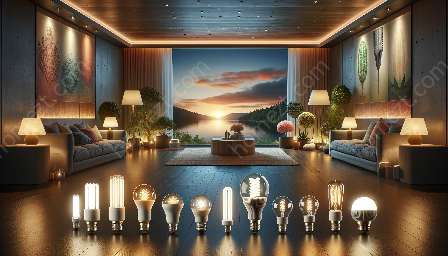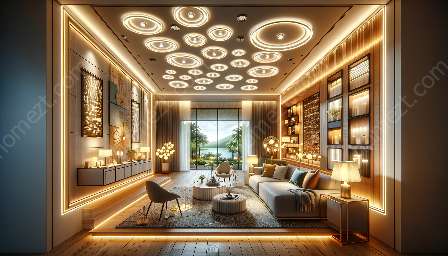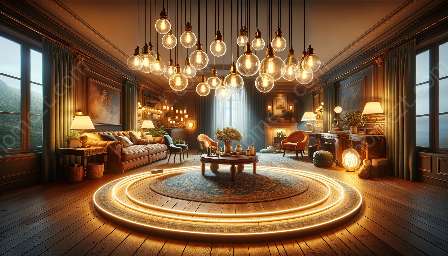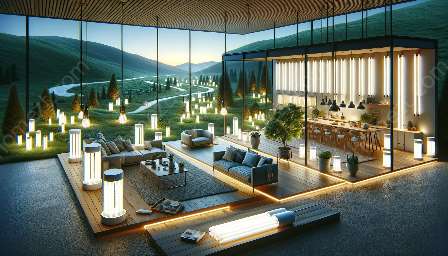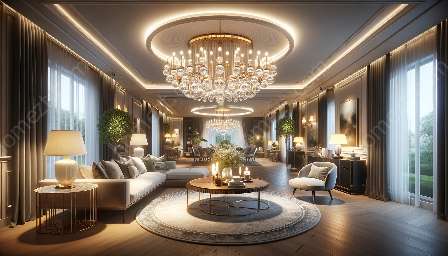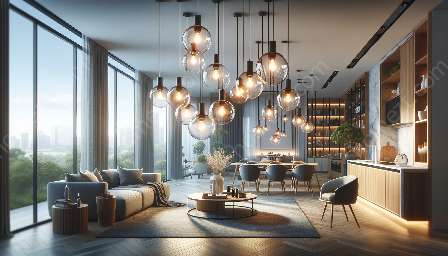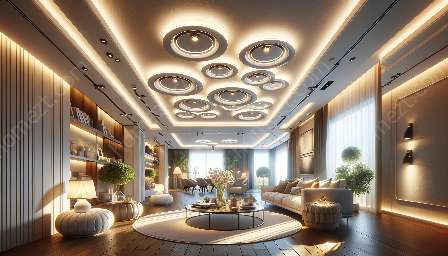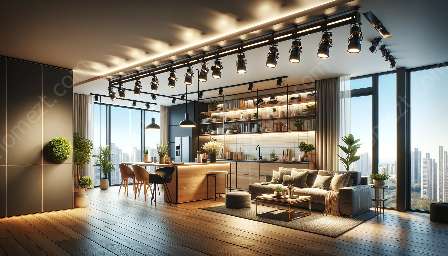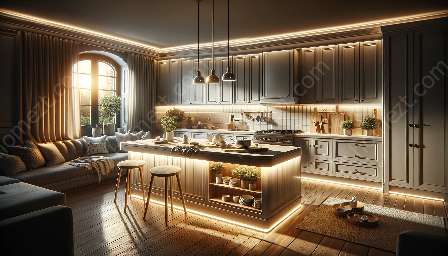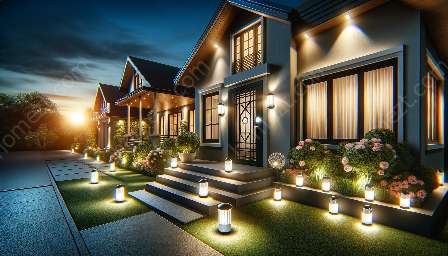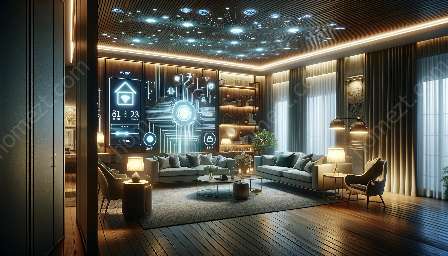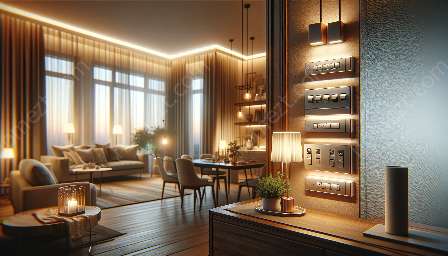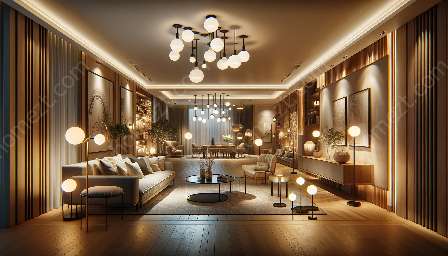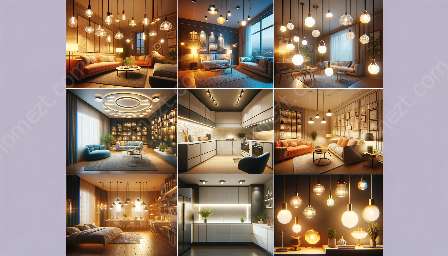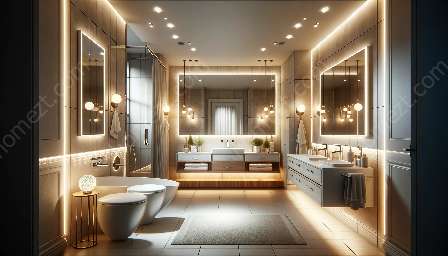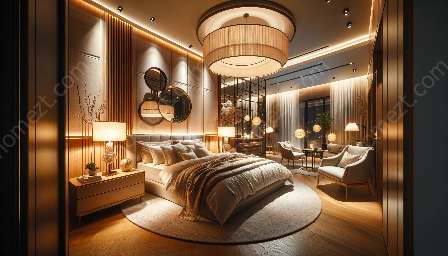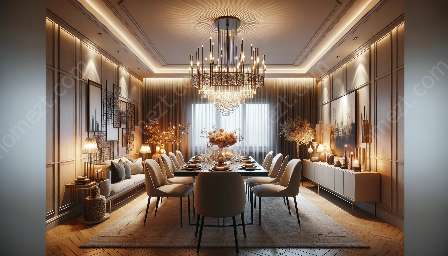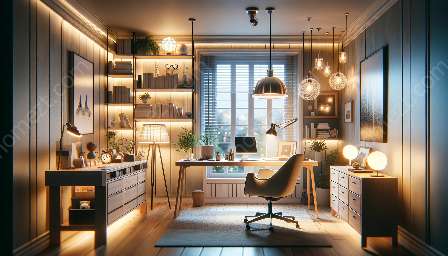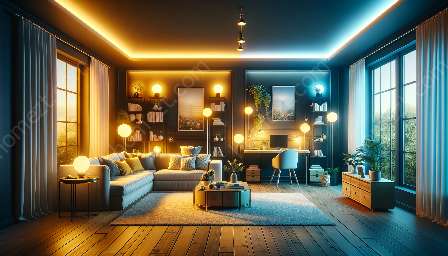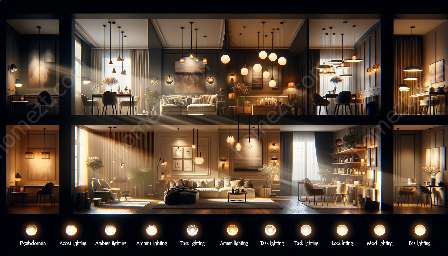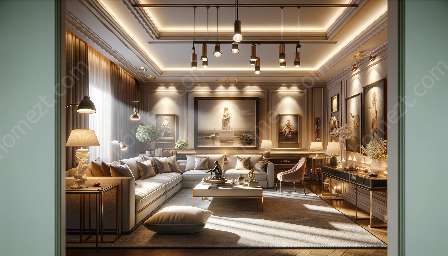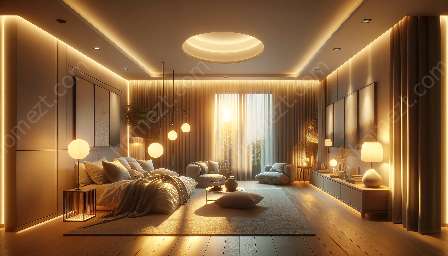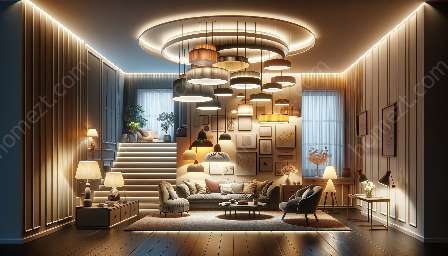Working from home has become increasingly common, and having the right lighting in your home office can significantly impact productivity, comfort, and mood. In this comprehensive guide, we'll delve into the world of home office lighting, covering topics such as lighting design, fixtures, and tips to create a perfect lighting atmosphere.
The Impact of Lighting on Home Office Spaces
Lighting plays a crucial role in home office settings. The right lighting can reduce eye strain, improve focus, and enhance overall well-being. On the other hand, inadequate lighting can lead to discomfort, fatigue, and decreased productivity. By understanding the impact of lighting, you can create an ideal workspace that promotes efficiency and creativity.
Key Considerations for Home Office Lighting Design
When designing the lighting for your home office, several factors should be taken into account. The type of work you do, the layout of your office, and your personal preferences all play a role in determining the most effective lighting design. Additionally, natural light, task lighting, ambient lighting, and accent lighting are essential components of a well-lit home office. By carefully considering these factors, you can create a visually pleasing and functional workspace.
Choosing the Right Lighting Fixtures
Selecting the appropriate lighting fixtures is crucial in achieving the desired lighting effect for your home office. Task lighting, such as desk lamps and under-cabinet lights, provide focused illumination for specific work areas. Ambient lighting, such as ceiling fixtures and wall sconces, contributes to overall brightness and can improve the mood of the space. Meanwhile, accent lighting, such as track lights and picture lights, adds depth and visual interest. Understanding the purpose of each type of lighting fixture will help you create a well-rounded lighting scheme that meets your needs.
Tips for Optimizing Home Office Lighting
Optimizing your home office lighting involves strategic placement of fixtures, leveraging natural light, and incorporating lighting control options. Position task lighting to reduce glare and shadows, maximize natural light exposure by arranging furniture accordingly, and utilize dimmers or adjustable fixtures to customize the lighting level based on the time of day and tasks being performed. By implementing these tips, you can transform your home office into a well-lit, inviting, and functional space.
Incorporating Lighting into Home Improvement Projects
When undertaking home improvement projects, consider how lighting can enhance the aesthetics and functionality of your home office. Upgrading to energy-efficient LED bulbs, installing smart lighting systems, or integrating decorative lighting elements can elevate the overall appeal of your workspace. By integrating lighting solutions into your home improvements, you can create a more enjoyable and inspiring environment.
Conclusion
Improving the lighting in your home office is an essential aspect of home improvement that directly impacts your well-being and productivity. By understanding the principles of lighting design, selecting the appropriate fixtures, and implementing practical tips, you can create an efficient, comfortable, and visually pleasing home office environment. Embracing the power of lighting in your home office will undoubtedly contribute to a more enjoyable and productive work experience.

